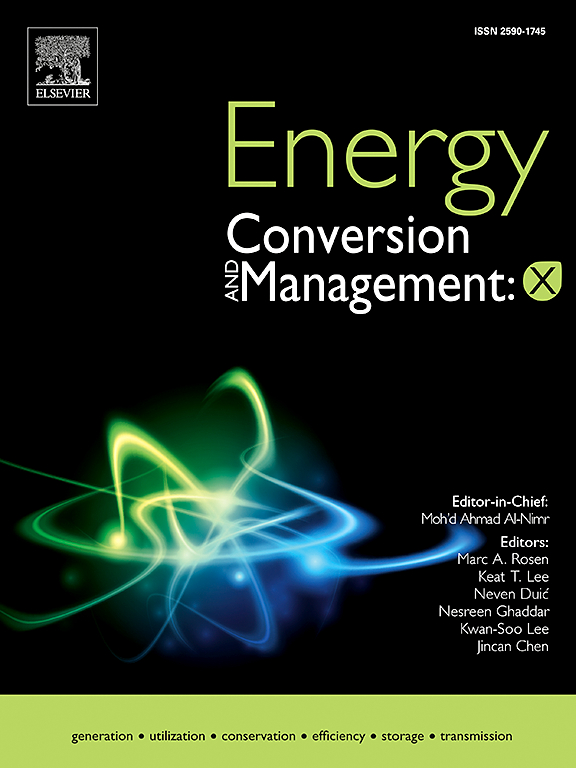Analysis and impact of electrical energy consumption in the academic sector. A case study of the university of Castilla-La Mancha
IF 7.1
Q1 ENERGY & FUELS
引用次数: 0
Abstract
The notable increase in electricity consumption in industrialized countries in recent years has been accompanied by the need to reduce this consumption to achieve a sustainable energy situation, in line with national and European strategic plans. This study aims to examine the electricity consumption of the University of Castilla-La Mancha in its entirety from 2021 to 2023, during which time energy-saving measures were established in March 2022 in response to high energy prices, thus addressing a research gap in real electricity consumption in public educational institutions and its economic impact, additionally incorporating energy efficiency measures. In the study, various electrical and economic results are obtained to understand the behavior of electricity demand and its economic impact. It was observed that, thanks to the energy-saving measures implemented, electricity consumption decreased by 18% in 2022 and 20% in 2023 compared to 2021. Regarding billing, there was a 28.55% increase in 2022 compared to 2021 due to the high price of energy despite a reduction in electricity consumption compared to the previous year. However, in 2023, there was a total reduction of 29.92% compared to 2021, as the price of energy declined. The work also reveals that energy efficiency measures have had different impacts depending on the type of building.
求助全文
约1分钟内获得全文
求助全文
来源期刊

Energy Conversion and Management-X
Multiple-
CiteScore
8.80
自引率
3.20%
发文量
180
审稿时长
58 days
期刊介绍:
Energy Conversion and Management: X is the open access extension of the reputable journal Energy Conversion and Management, serving as a platform for interdisciplinary research on a wide array of critical energy subjects. The journal is dedicated to publishing original contributions and in-depth technical review articles that present groundbreaking research on topics spanning energy generation, utilization, conversion, storage, transmission, conservation, management, and sustainability.
The scope of Energy Conversion and Management: X encompasses various forms of energy, including mechanical, thermal, nuclear, chemical, electromagnetic, magnetic, and electric energy. It addresses all known energy resources, highlighting both conventional sources like fossil fuels and nuclear power, as well as renewable resources such as solar, biomass, hydro, wind, geothermal, and ocean energy.
 求助内容:
求助内容: 应助结果提醒方式:
应助结果提醒方式:


